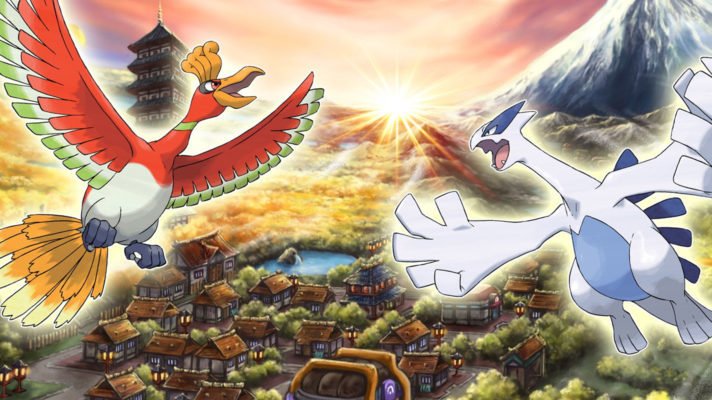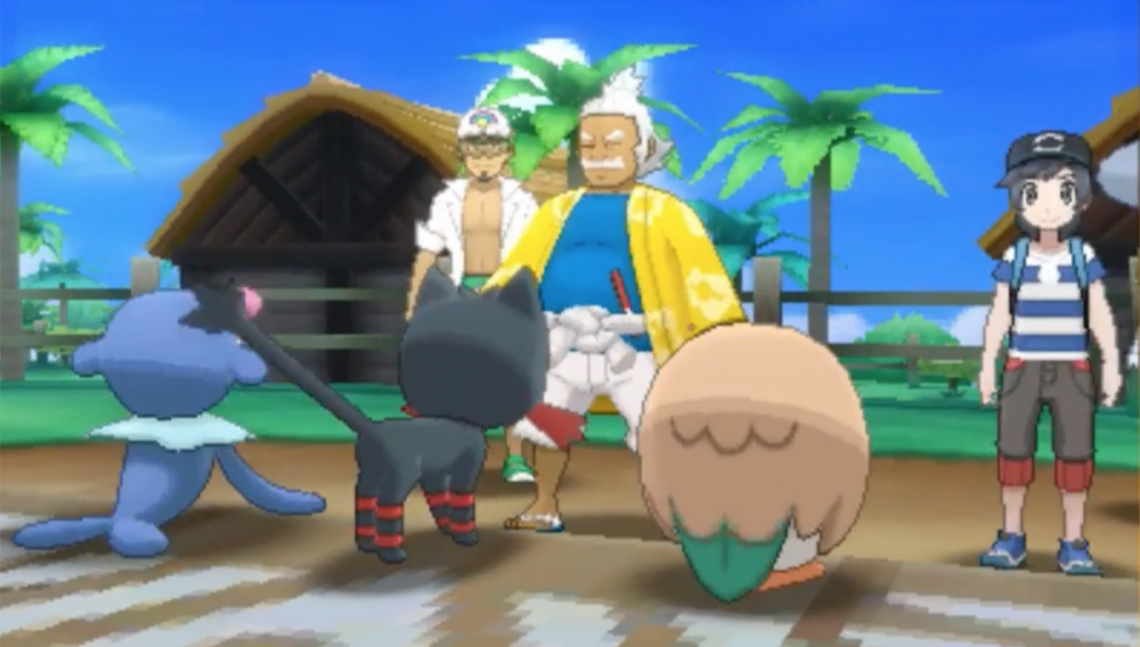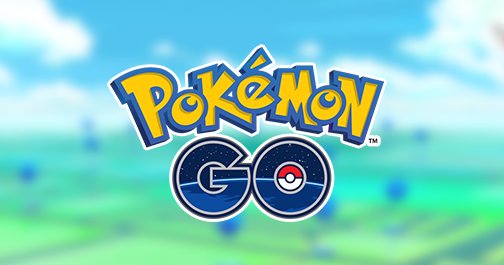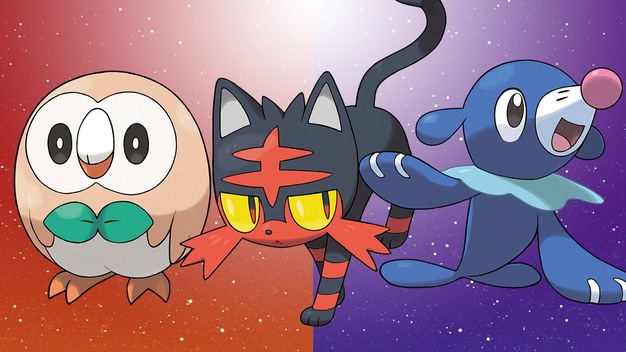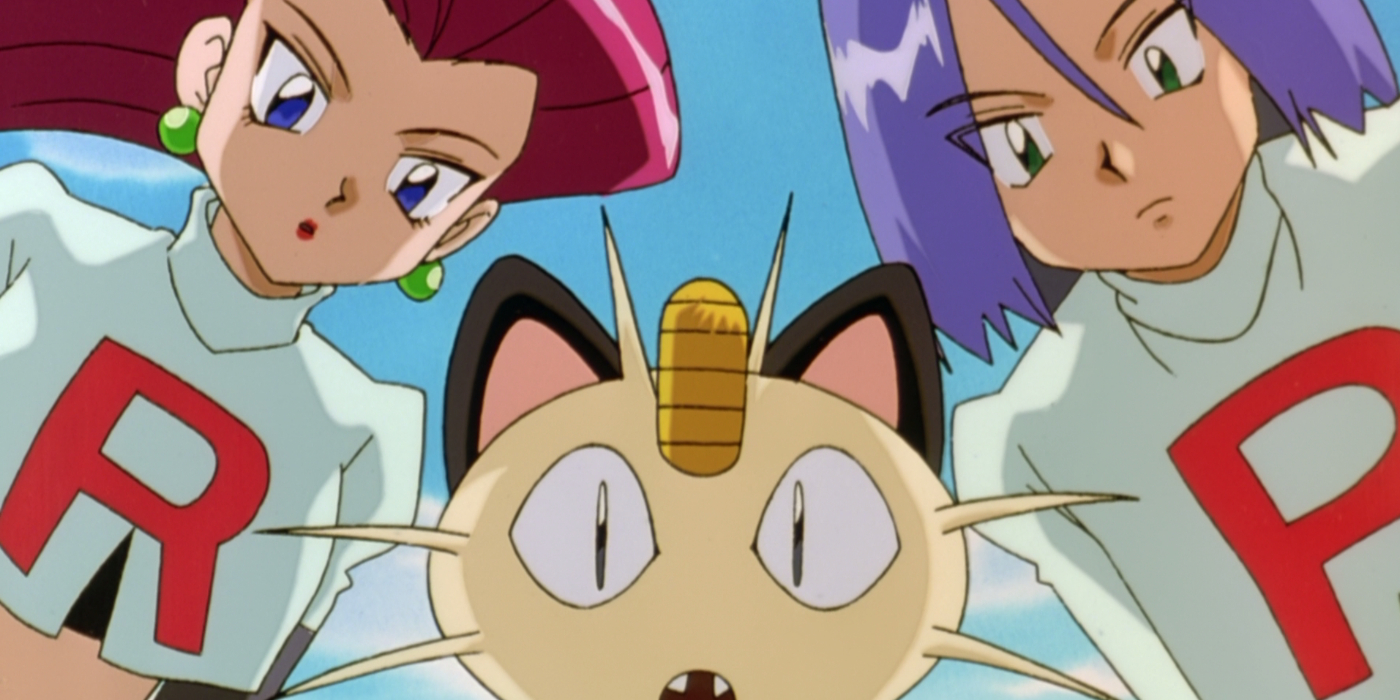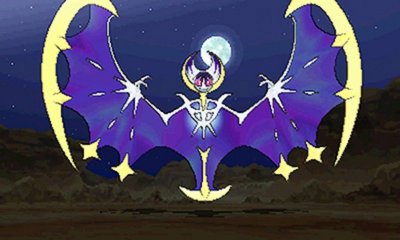
Pokemon has been one of the most relevant and successful IPs in gaming for the past twenty years, but it has also been one of the most stagnant. While there have been small additions, like breeding and three new Pokemon types, the general structure and flow has never really changed. With Pokemon Moon and its partner game Pokemon Sun, Gamefreak have announced a raft of changes that have the potential to completely reinvigorate the franchise and bring in both old and new fans. Earlier this year I stated that Pokemon Moon was the most exciting Pokemon game since Pokemon Gold and Silver back in 2000 and after playing it, I stand by that statement wholeheartedly.
Pokemon has become known for the formula that both the games and anime have followed for 20 years now. You’re a young trainer who has just reached the age where they will receive their first Pokemon and while there are slight differences in the story, your journey always sees you defeat 8 gym leaders, receive 8 gym badges and then challenge the Elite Four and Champion. The formula has never changed, and after 6 generations of new titles and 3 generations of remakes it had become old and stale. Pokemon Moon and the region of Alola immediately differentiate themselves from that tried and true formula, making the first ever major alterations to that formulaic structure. Gone are the Gyms of old, replaced with Island Challenges and Kahunas, the strongest trainer on each of Alola’s four islands. Island Challenges have you completing a variety of different actions, with no two being the same. In one you might find yourself taking photos of hidden Pokemon with your Pokefinder and in another you’re finding ingredients for a spicy dish.
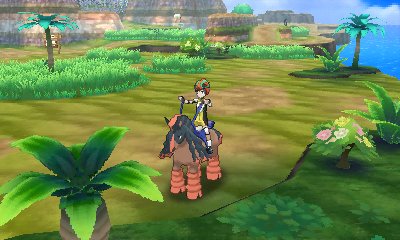
The variety keeps the challenges interesting as you complete them, with the end result always being the same – a Totem Pokemon that is ready to make your life hell. Totem Pokemon are larger versions of existing Pokemon that begin the battle with a stat boost and have a propensity for summoning allies to help take you down. Compared to gym battles, which only allowed one type of Pokemon, Totem Pokemon can summon other Pokemon that are of differing or complimentary types, meaning that your type advantage can sometimes become a weakness. This results in some more difficult battles than traditional gym battles, as you can no longer rely on a single Pokemon to be victorious. The additional challenge keeps things interesting and all the changes kept me guessing as I traveled to each new Island Challenge. It was a welcome feeling after years of the exact same Gym structure year in, year out.
The two other big changes to the Pokemon formula come with the removal of HMs and the introduction of Alolan forms. Instead of HMs, you now gain the ability to call purpose built Pokemon to assist when needed. Instead of teaching a Pokemon Rock Smash, you now call in a Tauros that is able to charge through boulders. This feature both means that you no longer need to keep a Pokemon with you whose express purpose is to use HMs and also means that Gamefreak were able to create detailed models for the Pokemon you call in. There’s a certain level of joy that comes from flying on the back of a Charizard and riding on a charging Tauros that wasn’t present in previous Pokemon games. It also meant that I was better able to craft my team of 6 Pokemon to my liking, as opposed to having 5 main Pokemon and an HM slave. Overall this is one of the best changes in Pokemon Moon and is something I hope to see continue in future instalments.

Alolan forms are a play on Alola’s isolated island status and the idea that a species would evolve in a different manner in such an isolated area compared to on the mainland. What results from this is a range of Pokemon from Pokemon Red and Blue that have been redesigned and retyped for Alola. Some of the changed Pokemon are old fan favourites, like Ninetales, and others are Pokemon that were maligned in competitive circles, like Raichu. The overall idea is two-fold, change typings and stats of existing Pokemon so that they are more competitive and useful than in the past, while also playing on nostalgia for older Pokemon games and lowering the overall design work needed. That premise certainly worked, and I found myself beginning to use old Pokemon that I hadn’t in the past due to their new typings, and also because I just wanted to see which old Pokemon did and didn’t have Alolan forms. Overall, it had me placing an importance on evolving Pokemon I wasn’t using that I haven’t had before and using older Pokemon for the first time in years. The only disappointment was that the number of Pokemon with Alolan forms was surprisingly small. Hopefully this idea of retyped and redesigned Pokemon continues with future Pokemon games.
These structural and design changes all run parallel to an overall thematic change in Pokemon Moon, with friendship and inclusiveness being the basis for the story and your relationships in the story. The traditionally antagonistic rival who is seeking to surpass you is gone, replaced with friends and allies who are focused on working with you so that you can all grow in strength and become better people. There is a warmth to your interactions with other characters that wasn’t in past Pokemon games that is both charming and endearing. This new theme of friendship and inclusiveness runs deep within the characters you meet, with most characters portrayed as helpful and supportive both in the animations and their dialogue. These interactions are generally well written, although the writing can get a bit too cheesy at points and most characters are very single-faceted.
The story is supported by the absolutely amazing soundtrack that is present in Pokemon Moon. Tracks in the game are built to represent the tropical environs of Alola, with ukuleles being prominent in them and a higher overall focus on instruments and fully composed music in the past. Many of your favourite, and immediately recognisable, tracks have been reimagined with a lighter and more complex tone. The battle music is no longer oppressive, instead it is more melodic and uplifting than in the past. The field music flows and changes as you go from area to area and is a genuine pleasure to listen to. I often found myself setting my 3DS down so that I could listen to the music a bit more before continuing to play. It’s the best soundtrack found in a Pokemon game and is one of my favourite soundtracks in any game.
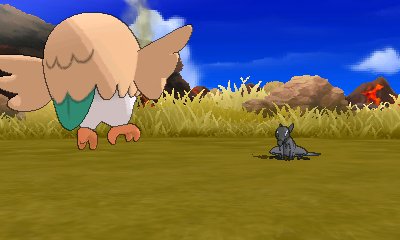
One of the biggest focuses on any Pokemon games is the new Pokemon and how they look. While I haven’t been a big fan of a lot of the designs in recent Pokemon games, the new ones in Pokemon Moon have grabbed my attention. Crabrawler is one of my favourites, a fighting type Pokemon based on the coconut crab, who has a permanently swollen eye and whose pincers are shaped like boxing gloves. Grubbin, Pokemon Moon’s Caterpie equivalent, is one of the most adorable Pokemon I’ve ever seen and the same goes for Cutiefly, a bug/fairy type Pokemon. In fact, the bug type Pokemon in Pokemon Moon all have fantastic designs. Salandit, a fire/poison type whose design has me thinking of the Dread Pirate Roberts from The Princess Bride, is one of my favourite designs of any Pokemon game. A lot of the designs are simple in a way that has been missing in recent Pokemon games, but they’re also some of the most memorable since Pokemon Gold and Silver.
These designs, and the world overall, are all supported by a marked increase in graphical fidelity when compared to Pokemon x and Y. The world is more populated, with fewer flat textures and more window dressing in every area. Hills are covered in plants and trees, tall grass is now actually tall grass and cities are more populated than ever. Lighting is better, especially in cave areas, and Pokemon have more complex animations and movements during battle. One side effect of these graphical increases is that loading screens are somewhat more apparent then in previous titles, but I’m willing to forgive a second of load time between routes and towns for what is the most technically impressive Pokemon game to date. One side effect that I’m not willing to forgive is the continued slow down found in Pokemon battles. While it’s less apparent than in Pokemon X and Y, battles featuring more than 3 Pokemon will slow down and cause the engine to noticeably chug.
Overall, Pokemon Moon changes the Pokemon formula for the first time in two decades and in turn has created a great foundation for future Pokemon games to build on. The removal of HMs is the greatest of these, bringing relevance back to the sixth Pokemon of your team while also introducing a cool new Pokemon riding mechanic. The more warm and friendly story is a breath of fresh air and the absolutely wonderful soundtrack complements it perfectly. The Pokemon designs are my favourites since Pokemon Gold and Silver and they’re presented with the best scenery and graphics of a Pokemon game. The only real issue with the game comes from the continued frame rate issues in battle. Pokemon Moon is a great game for newcomers, returning Pokemaniacs and avid fans, and in fact it’s the greatest Pokemon game since the year 2000.
Screenshots courtesy of Serebii.
- Soundtrack is amazing
- Structural changes reinvigorate the franchise
- Best Pokemon designs in year
- Prettiest Pokemon game ever
- Framerate dips still occur in battle
- Not enough Alolan forms


